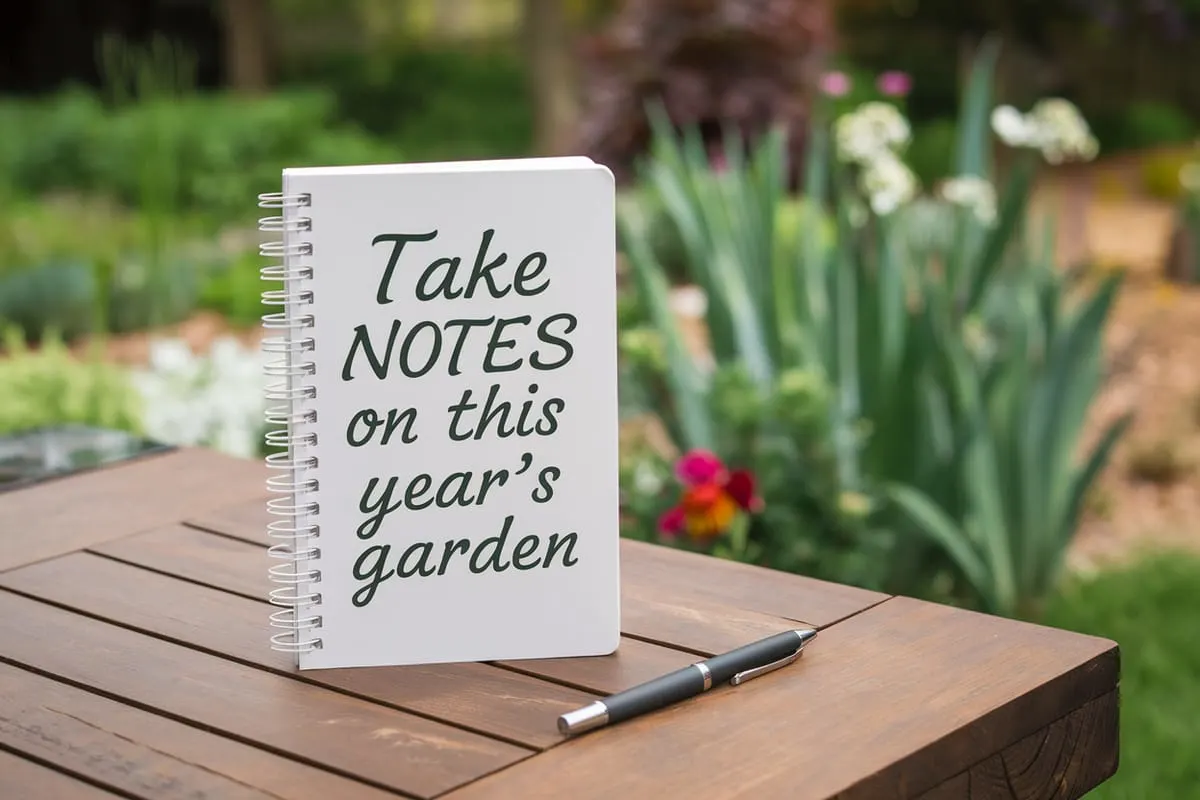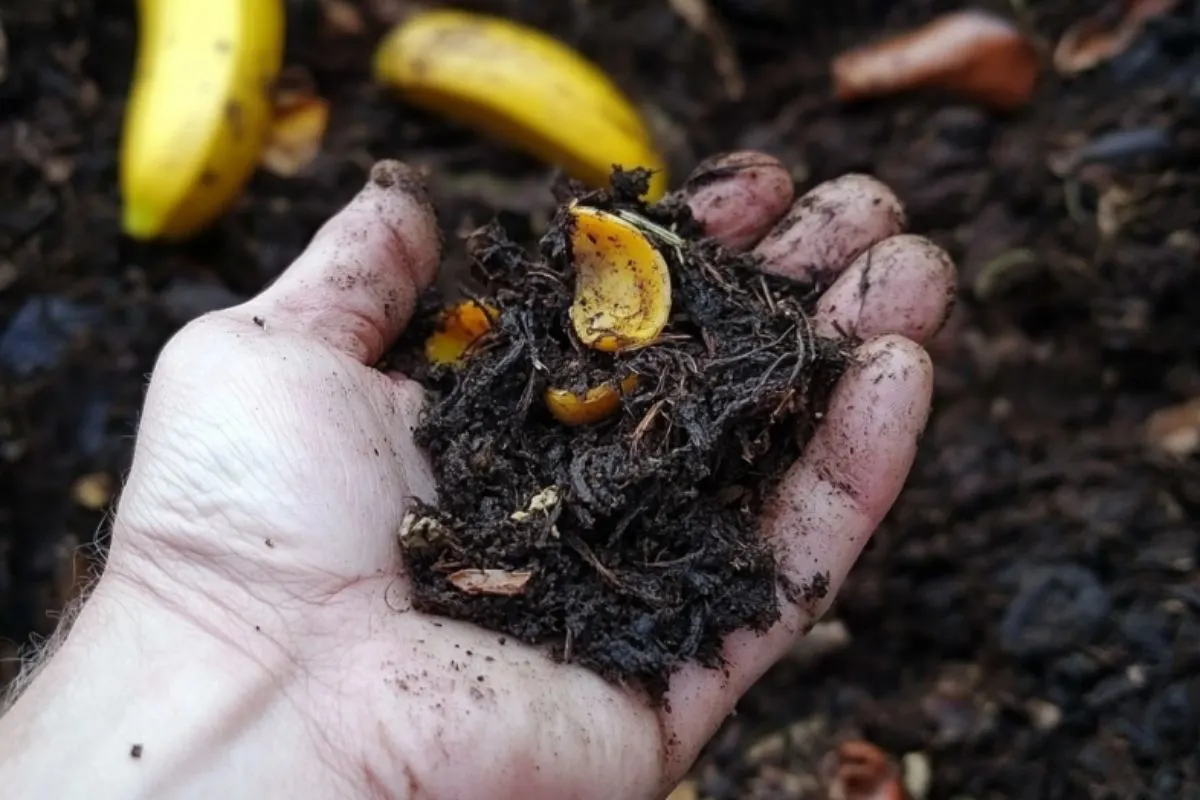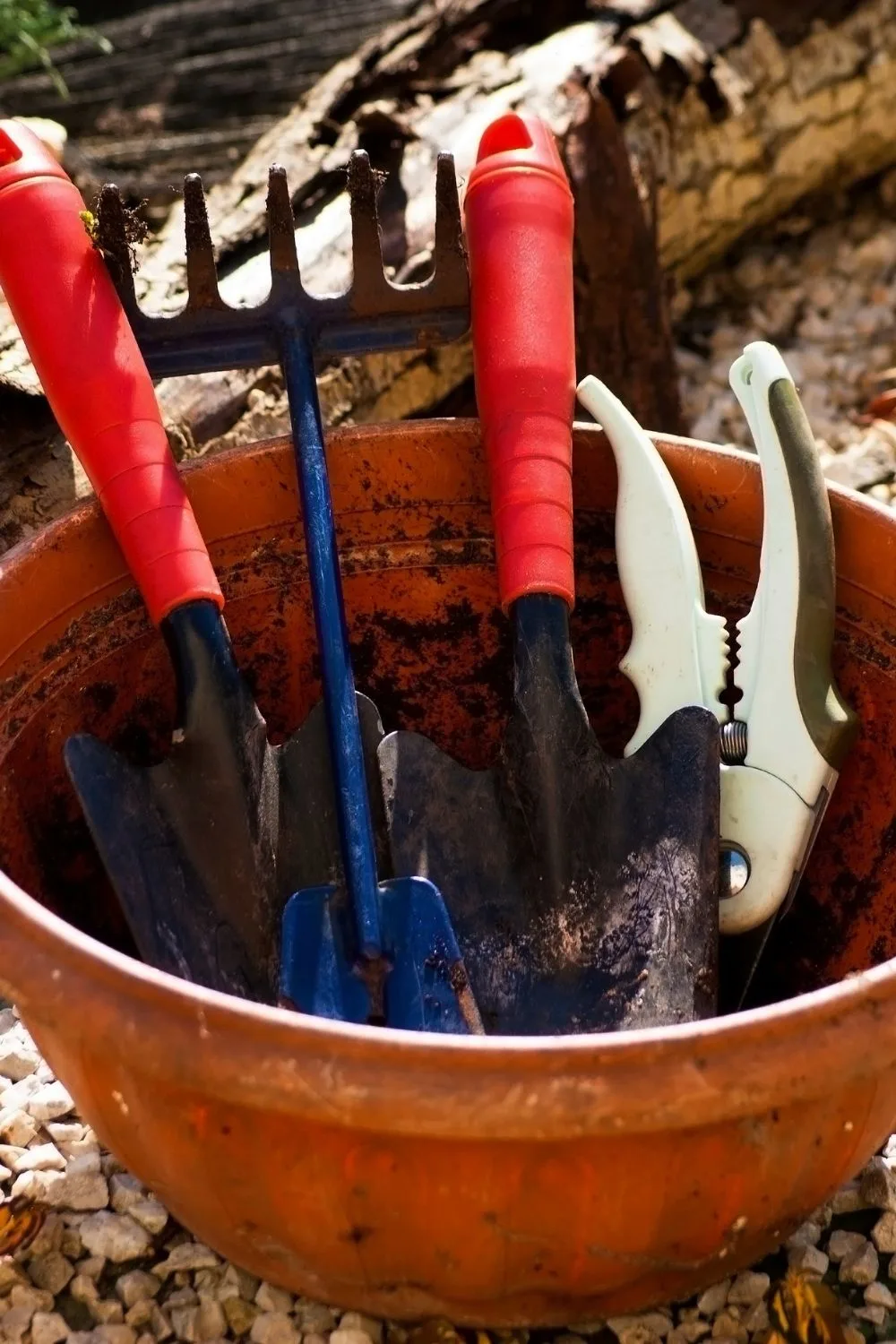As the autumn hues paint the landscape and gardens wind down, it’s the perfect moment to think ahead and set the stage for next year’s glorious harvest. By embracing some essential fall gardening tasks, you are laying the groundwork for a flourishing, vibrant garden next spring.
But what steps should be on your to-do list before you swap your gardening gloves for winter mittens? Read on to uncover the top five fall garden activities that promise to reward you with a bountiful garden next year.
Autumn is not merely a transitional phase between summer’s bloom and winter’s frost. In fact, it’s a crucial period for your gardening efforts. The end of the harvest doesn’t mark the finish line; rather, it’s a new beginning.
By giving your garden a little TLC now, you significantly improve the soil’s health, manage pests, and reduce those pesky weeds when the temperatures rise again.
With fewer leaves on the trees and more time on your hands, let’s make this fall count. These simple yet powerful tasks will not only maintain your garden’s health but will also make your spring workload lighter.
So, dust off those gardening tools one last time and let’s dive into these game-changing chores!
Take Notes on This Year’s Garden

Reflect and Record
Believe it or not, one of the most crucial gardening tasks requires little more than a pen, a notebook, and a quiet moment of reflection. Remembering where and what you planted this year can be as elusive as catching a butterfly next spring. As you sip on your pumpkin spice latte, take a stroll down memory lane, and jot down what worked, what didn’t, and why.
A Sketch and a Snapshot
Why stay trapped in the land of memory when you can make a tangible map? Draw out your garden layout or snap photos. This pictorial evidence will serve as your blueprint, aiding in crop rotation planning and helping you dodge the pitfalls of last season.
Preventing Pest Settlements
Rotating crops is your secret weapon against pests setting up permanent residence. Different plants draw different nutrients and invite various bugs. By changing their locale, you confuse and deter pests from making themselves at home. So, take your notes and put them to good use when spring whispers its call.
Clear Out Your Vegetable Plants

Out with the Old
As temperatures drop, leaving dying plants in your garden is akin to leaving the backdoor open for pests. Removing old plants and debris eliminates potential winter havens for bugs and disease that may come back with a vengeance when temperatures climb.
Let’s Talk Compost
Don’t just toss those uprooted plants; let them contribute to a cause! Your fall compost pile can turn yesterday’s plants into tomorrow’s gold. But beware—some plants, like tomatoes and peppers, are better left out due to their propensity to carry blight.
Seeds of Destruction
Old vegetables don’t just offer nourishment for pests; they also rain seeds that become the unwelcome guests of next year’s garden. Clear away to save yourself from a miniature forest of unwanted plants when spring sings its arrival.
Start a Fall Compost Pile

The Compost Corner
Autumn is the golden hour for composting. Leaves shed from their branches paired with garden cuttings create the perfect compost mix. This nutrient-rich concoction will give your soil a boost, making it the superhero your plants need.
Shred and Blend
Before haphazardly piling up your plant matter, chop it all down. Large chunks take ages to decompose. A quick run with the lawnmower can speed up this transformation, ensuring you have compost that’s ready to go by late spring.
Compost Catalysts
Adding a compost starter or some old compost to your pile kickstarts the decomposition process faster than you can say “mulch.” Think of this as the yeast in your bread-making, revving up the action.
Cover Your Garden Soil – No Tilling Required!

Protect and Preserve
Open soil in the winter is like an open invitation for weed seeds, waiting to wreak havoc in spring. Instead of tilling—which disrupts soil structure and dredges up weed seeds—cover your soil.
Cover Crops to the Rescue
Planting cover crops is a simple, effective way to protect your garden. These plant superheroes prevent soil erosion, lock in nutrients, and keep pesky weed seeds off your turf. And the best part? There’s no need to till—just rake, seed, and relax.
Alternative Covers
If a cover crop doesn’t suit your style, organic materials like straw or leaves can blanket your garden bed. A thick 6-inch layer of mulch works wonders, serving both as a nutrient source and weed blocker.
Clean and Disinfect Tools, Trellises, and Supports

Tools of the Trade
Your tools and garden supports log countless hours alongside you in your gardening endeavors. Without a proper end-of-season cleaning, you risk carrying diseases into next year.
Spruce Up for Health
A simple solution of bleach and water can do wonders. Disinfect your tools and supports to erase any lingering traces of disease, fungi, or pests. Clean tools lead to clean gardens.
Storage Solutions
Once cleaned, let the sun dry your gear, then stow them away. This simple act ensures your gardening arsenal is fresh and ready when the soil softens under a spring sun.
By investing a bit of effort now, you’re making a promise to your future garden. Let these tasks be your guide through the autumn months, and your garden and your plants will thank you come springtime. Cheers to a year of bountiful harvests and happy gardening!

